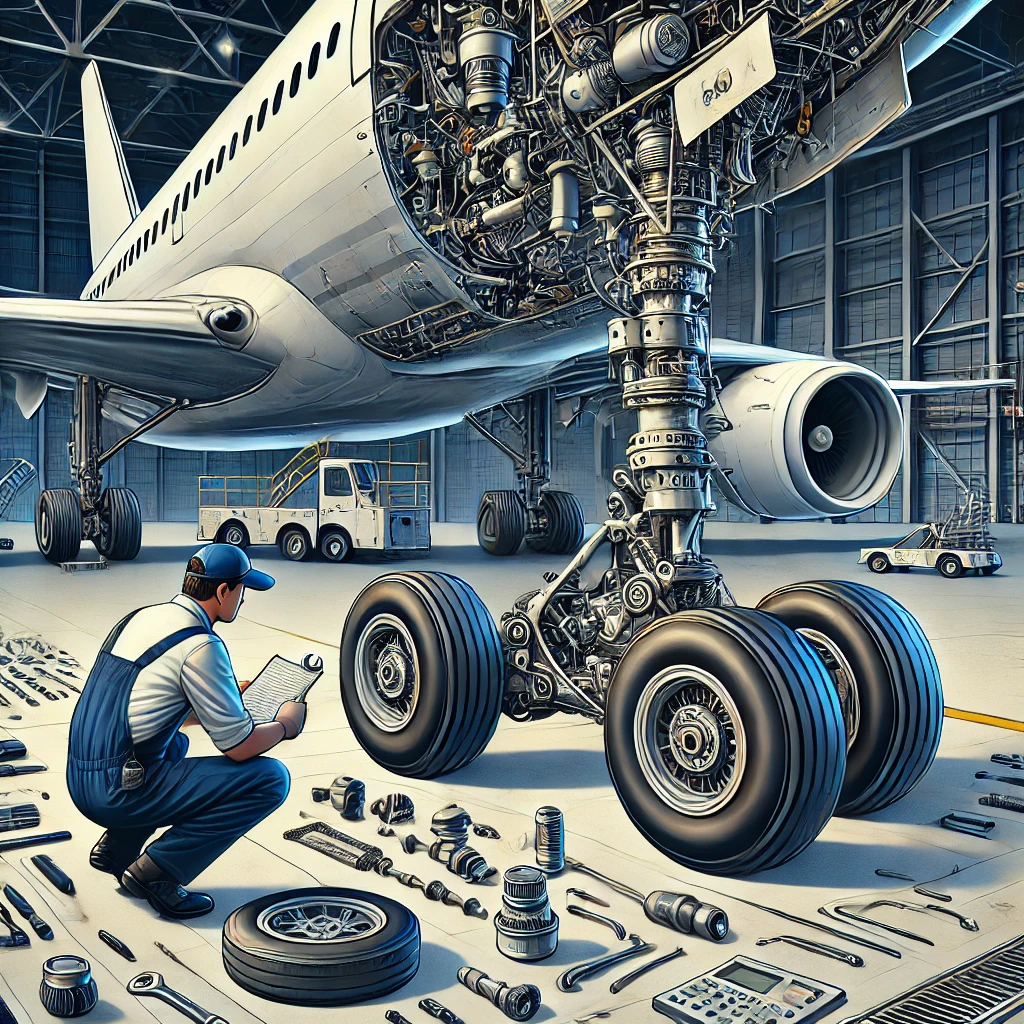The landing gear is one of the most critical components of any aircraft. It supports the plane during takeoff, landing, and while on the ground. Over time, regular wear and tear can affect the performance of the landing gear, making landing gear repair essential for maintaining safety and operational efficiency. Knowing when to inspect and repair the landing gear is vital to avoid failures that could lead to accidents.
This article will explore when you should consider landing gear repair for your aircraft.
Unusual Noises During Landing or Takeoff
One of the earliest signs that you may need landing gear repair is the presence of unusual noises during landing or takeoff. Creaking, grinding, or squealing sounds can indicate problems with the landing gear’s mechanical components. This can be due to worn bearings, damaged shock absorbers, or hydraulic issues. If you notice these noises, it is important to schedule an inspection immediately.
Early detection and repair can prevent further damage and ensure safe aircraft operations. Ignoring these early warning signs can lead to more extensive and expensive repairs. Timely landing gear repair can also help prevent accidents caused by landing gear failure during critical phases of flight.
Difficulty in Retracting or Extending the Landing Gear
Another indication that landing gear repair is necessary is the difficulty in retracting or extending the landing gear. This could be caused by issues with the hydraulic system, electrical problems, or mechanical failure. If the landing gear does not operate smoothly, it could compromise the safety of the aircraft during takeoff or landing.
Inconsistent gear retraction or extension can be a safety hazard. It is crucial to address these issues promptly by scheduling a comprehensive inspection and repair. Ensuring that the landing gear operates as intended is critical to keep the aircraft airworthy and safe.
Leaks in the Hydraulic System
Most modern aircraft use hydraulic systems to control the landing gear. A leak in the hydraulic system is a clear sign that landing gear repair is needed. Leaks can reduce the pressure required to extend or retract the landing gear, potentially leading to gear failure. Visible hydraulic fluid around the gear assembly or an unexpected drop in hydraulic pressure are both red flags.
Regular inspection of the hydraulic system can help catch leaks early, preventing more severe issues. If a leak is detected, it is important to get the necessary repairs done to avoid compromising the safety of the landing gear system.
Excessive Wear on Tires or Brakes
Excessive wear on the landing gear tires or brakes can also signal the need for landing gear repair. Over time, frequent landings and takeoffs can wear down the tires and brakes, affecting their performance. Uneven tire wear, visible cracks, or reduced braking power are all indicators that the landing gear may require maintenance.
Maintaining the tires and brakes is crucial for ensuring smooth landings and safe ground operations. Regularly inspecting these components and addressing any signs of wear and tear can help prevent accidents and extend the lifespan of the landing gear.
Conclusion
Regular inspection and timely landing gear repair are essential for maintaining the safety and functionality of your aircraft. From unusual noises to difficulties in retracting or extending the landing gear, being aware of the early warning signs can help prevent serious issues from developing. Addressing leaks in the hydraulic system and inspecting the condition of tires and brakes are critical aspects of landing gear maintenance.
Neglecting landing gear issues can lead to costly repairs and, more importantly, compromise the safety of your aircraft. By scheduling routine inspections and acting promptly when signs of wear and malfunction appear, you can ensure your landing gear remains in excellent condition. Prioritizing landing gear repair protects your aircraft and enhances flight safety and performance.



